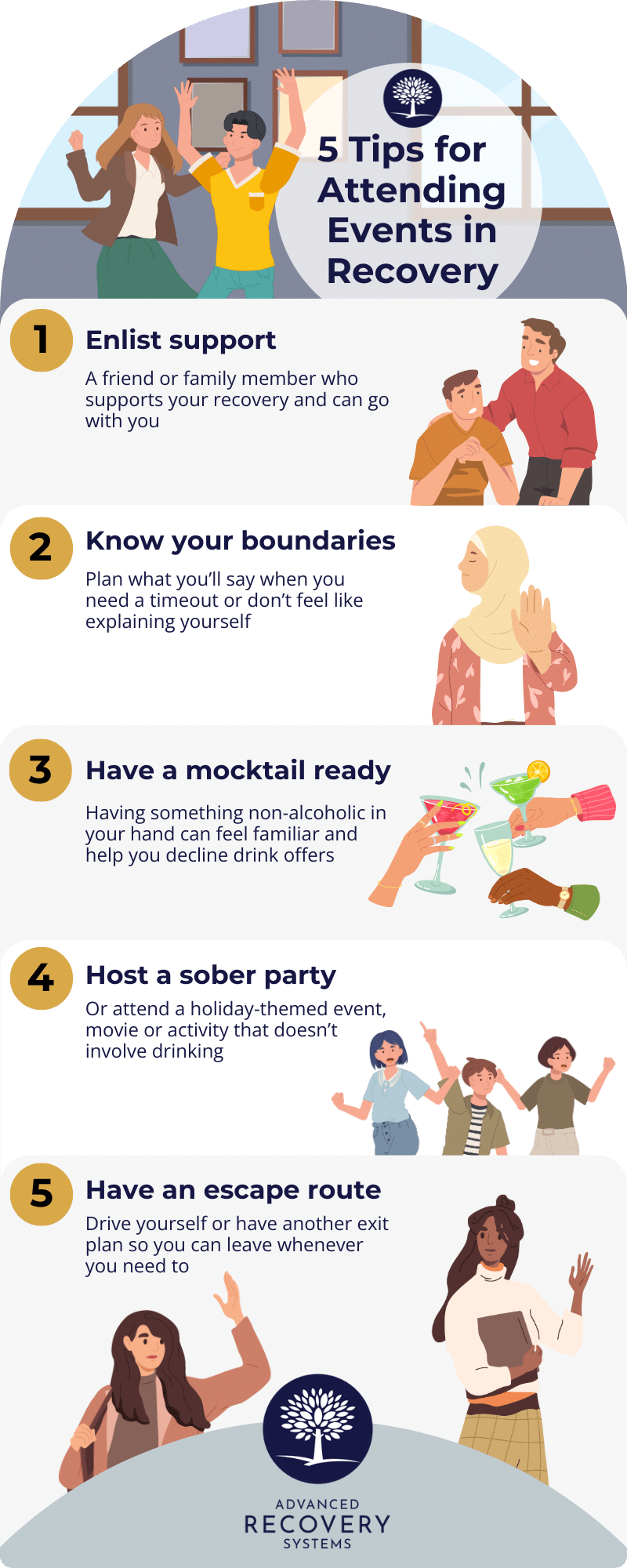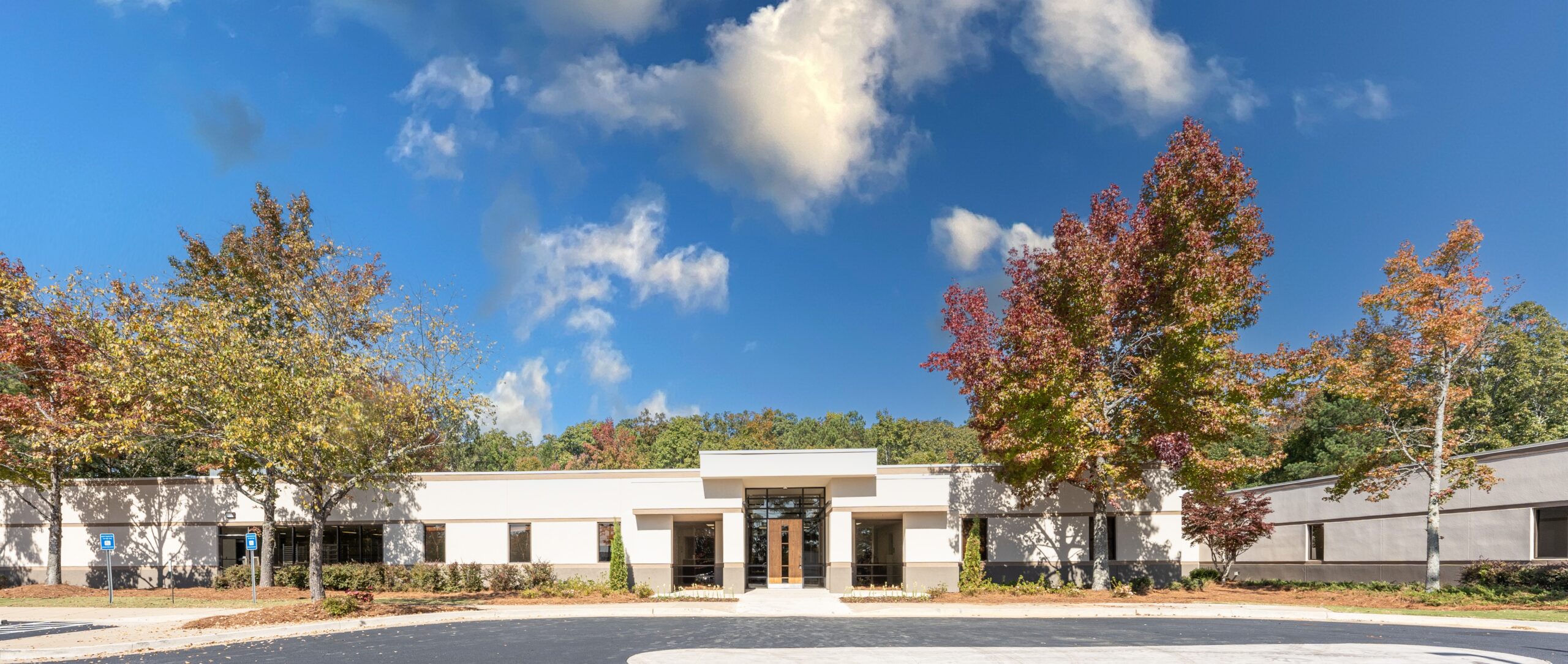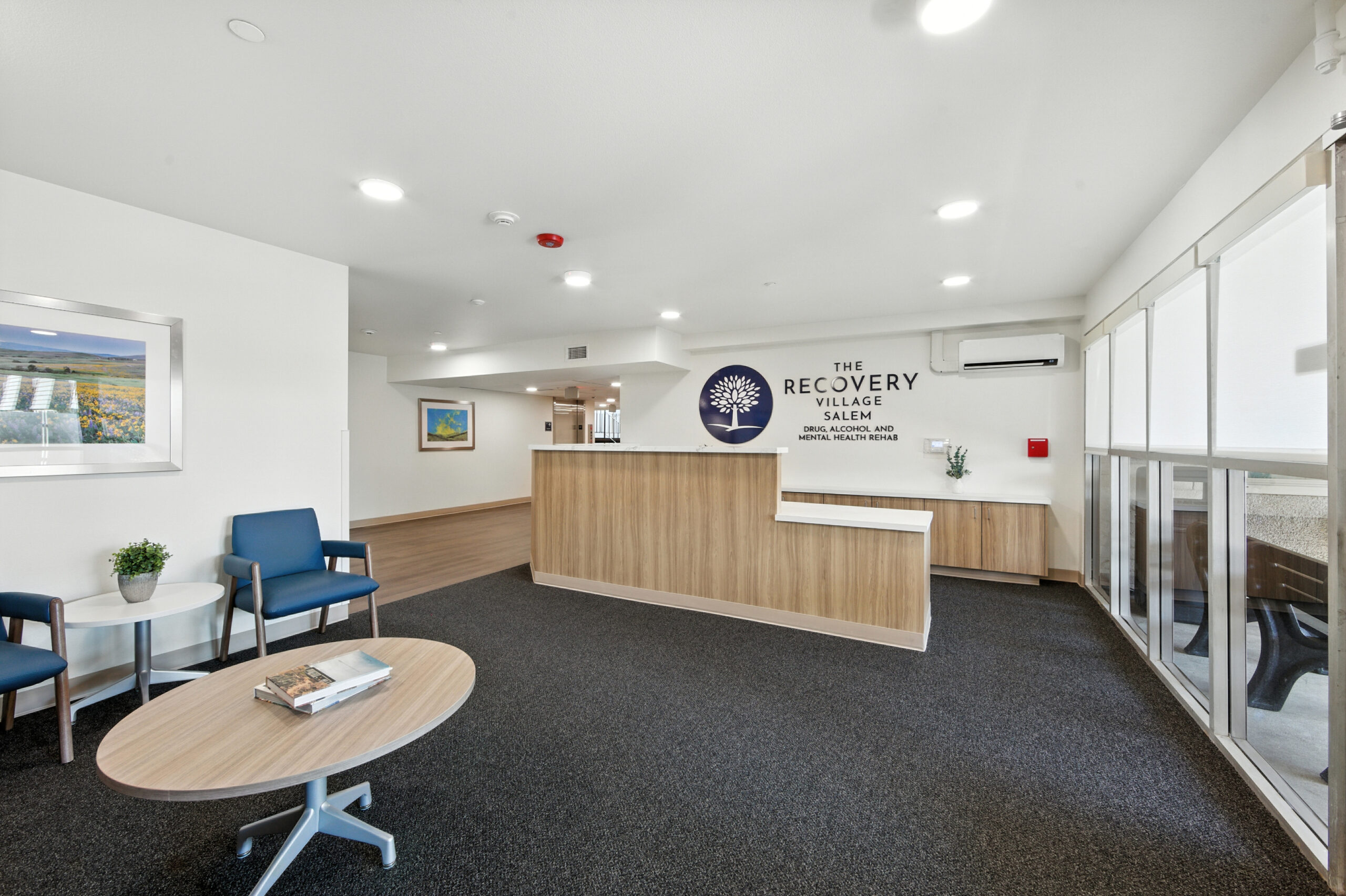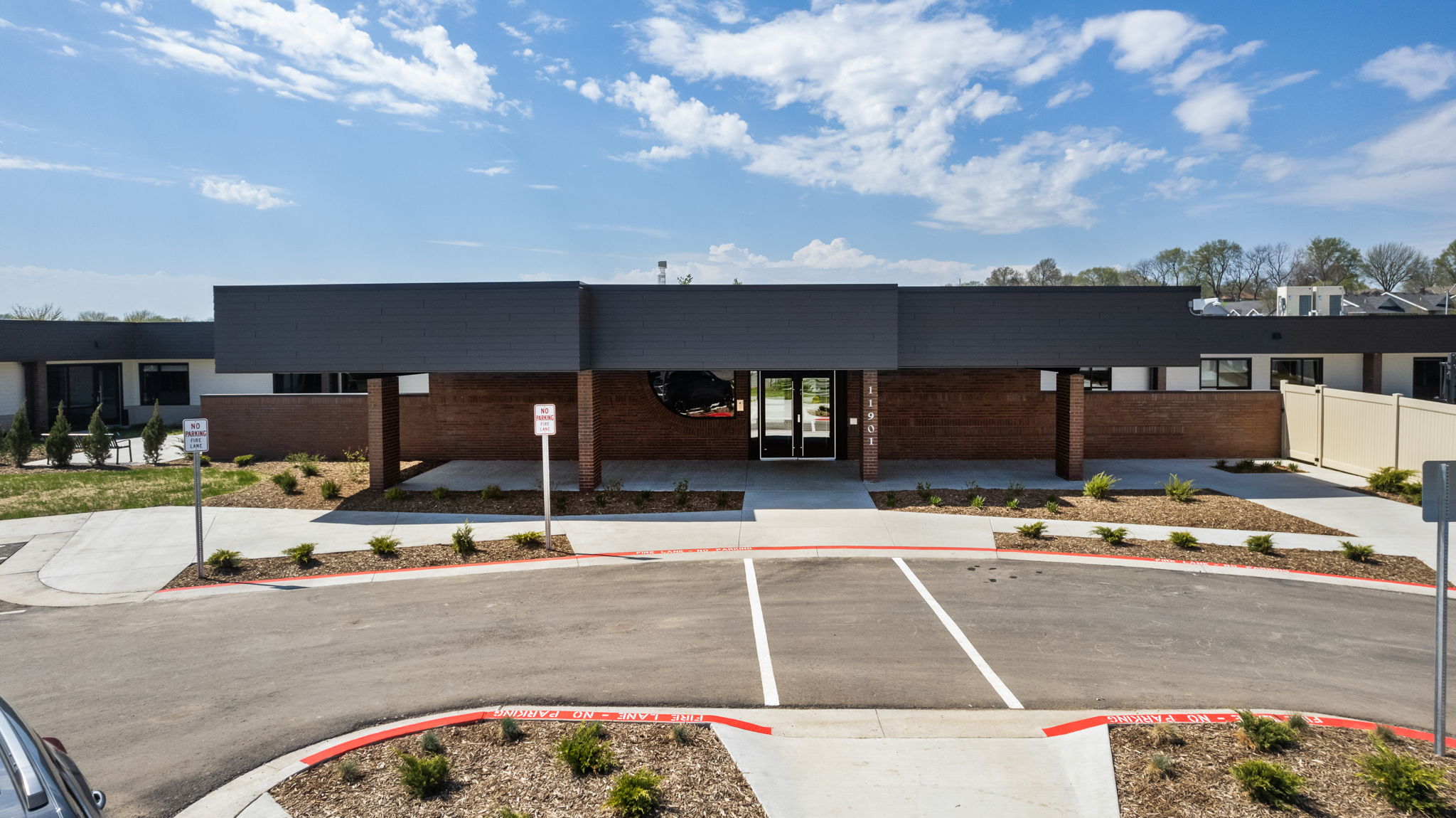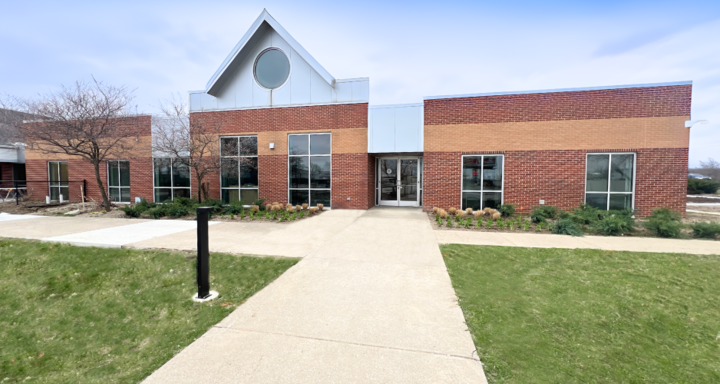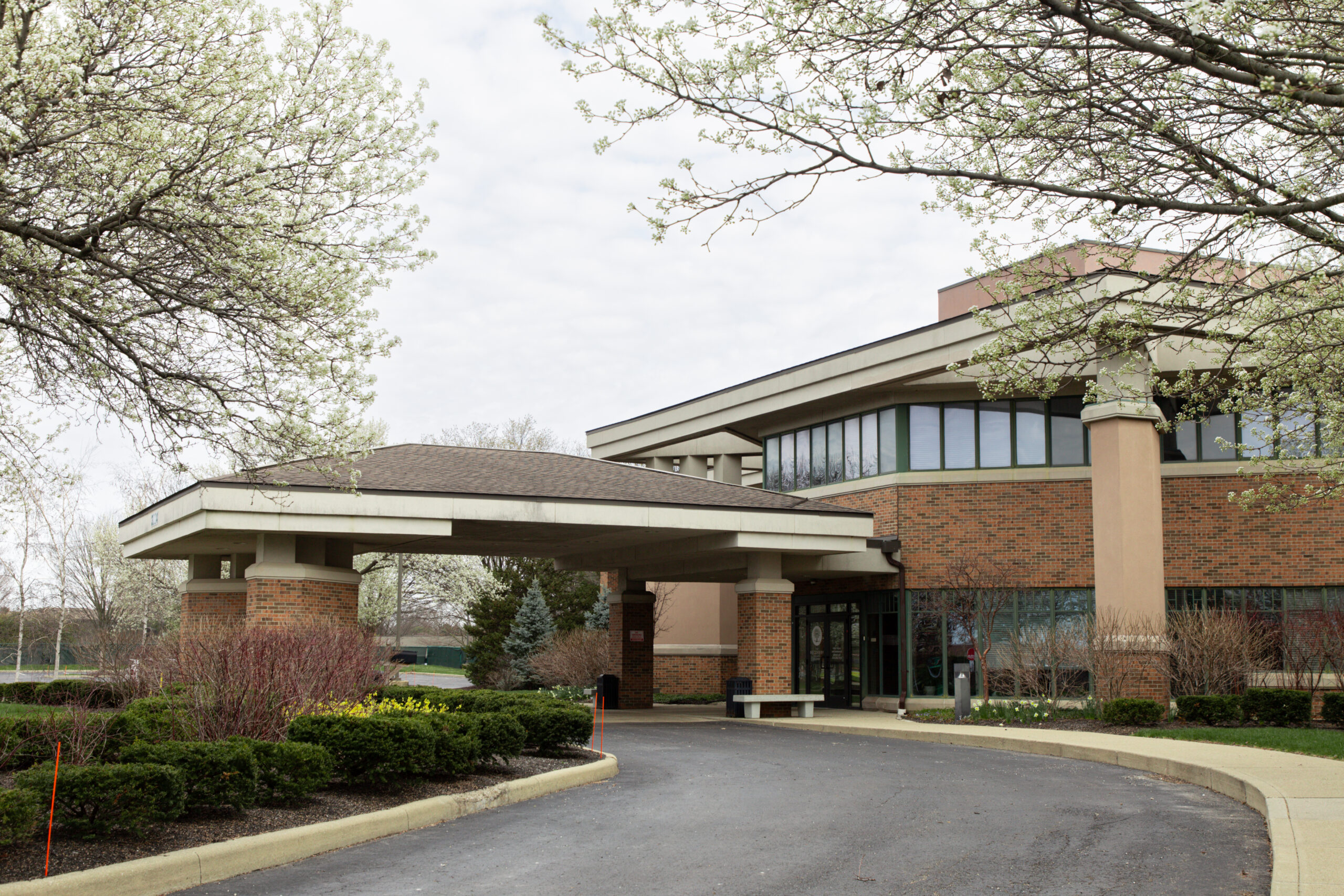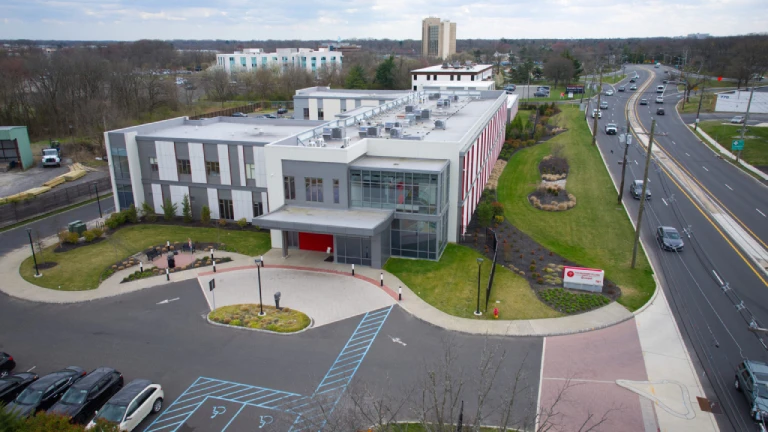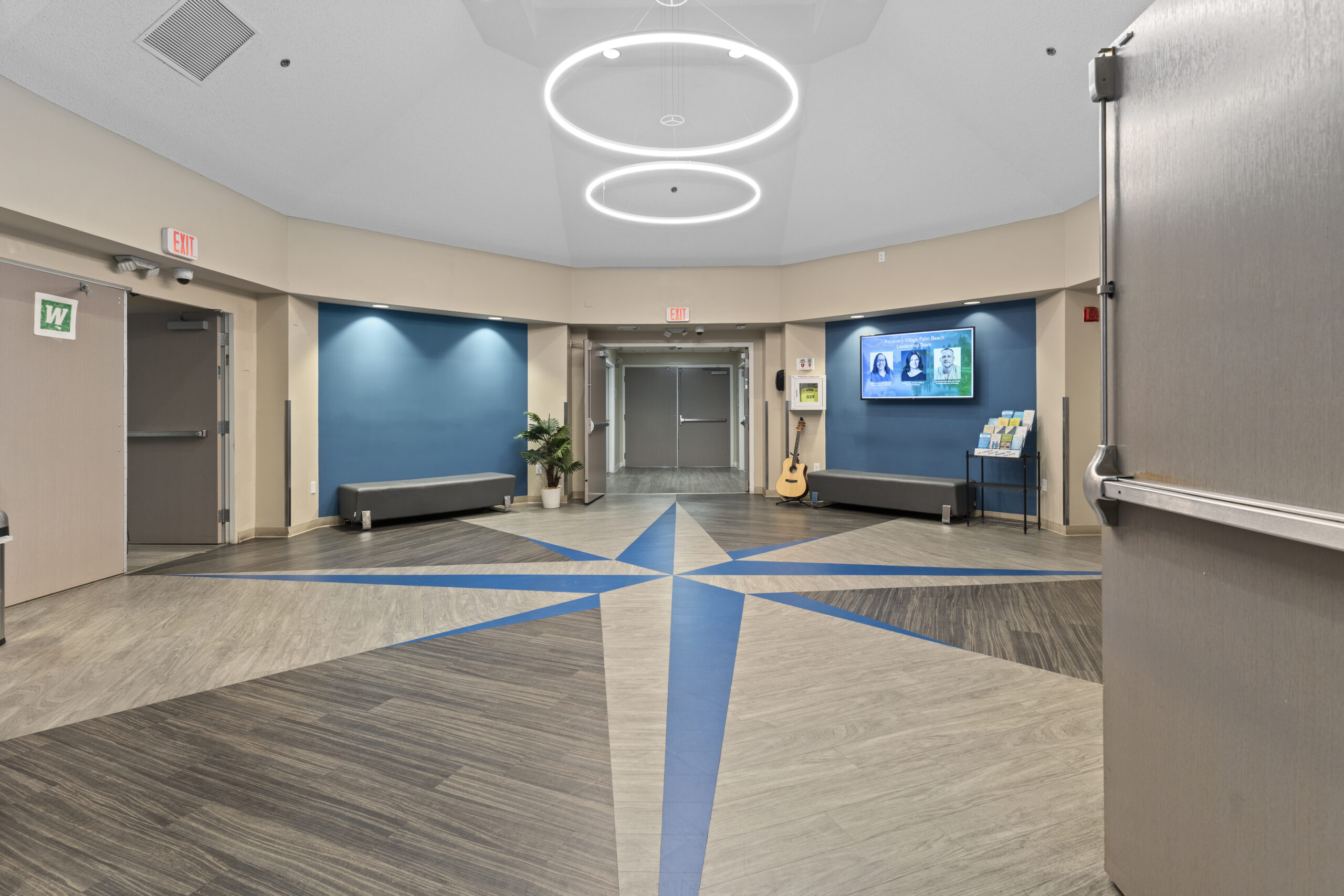The prevalence of binge drinking on St. Patrick’s Day is staggering and deadly. Here are the facts and tips to stay safe during the holiday.
St. Patrick’s Day is a celebration of everything Irish. People and places dress in green, parades float down major city streets and restaurants sell themed drinks and snacks. Unfortunately, this March holiday is almost synonymous withbinge drinking, the mostcostly and lethaltype ofalcohol usein the United States. Sadly, binge drinking often leads to poor decisions, like driving after one too many green beers.
St. Patrick’s Day Drinking Stats
Binge drinking on St. Patrick’s Day has dangerous and painful consequences for the families affected by it. Statistics about alcohol-related incidents include:
- Over the holiday weekend in 2019,63% of car-related fatalitiesinvolved drunk drivers.
- In 2018,33% of pedestrianskilled in car crashes over the holiday were intoxicated with a BAC over 0.08.
- Between 2015 and 2019,280 peoplewere killed in drunk driving incidents during St. Patrick’s Day.
- It’s estimated that a drunk driving death occursevery 30 minutesduring St. Patrick’s Day.
Binge drinking on St. Patrick’s Day takes its toll even if people aren’t behind the wheel:
- Beer sales increase by 174%on St. Patrick’s Day,while spirit sales increase by 153%.
- In 2022, it’s estimated that Americans celebrating the holidaywill spendmore than $42 on average, amounting to around $5.87 billion nationwide;46%plan to purchase drinks.
- On average,drinkers consume4.2 drinkson St. Patrick’s Day.
- Binge drinking cost the United States$191 billionin 2010 due to losses in workplace productivity, health care expenditures, criminal justice costs and related expenses.
- Binge drinking hasshort- and long-term effectson your health, even if you don’t do it regularly.
How COVID-19 Affected St. Patrick’s Day Participation
Right around St. Patrick’s Day 2020, widespread COVID-19lockdowns beganthroughout the United States. The following year, Florida residents could freely attend bars, though some areas would require masks to be worn. Now, it seems that even more people will be out and about for the Irish holiday.
Studies showthat only 10% of Americans planned to attend bars or restaurants for the holiday in 2021, but that number has nearly doubled for 2022. While it’s still less than the pre-pandemic average of around 27%, it means there may be more intoxicated drivers on the road this year. People may also be choosing to binge drink at home or with friends instead, as 15% said they would attend private parties and 10% would host parties for St. Patrick’s Day 2022.
Binge drinking can be dangerous no matter where you do it, whether you’re with friends, at home or at the bar. These sobering statistics can help put into perspective just what’s at stake when the holiday rolls around each year.
Why Do People Binge Drink on St. Patrick’s Day?
St. Patrick’s Day falls during the Christian observance of Lent, a time devoted to penitence and abstinence from indulgent pleasures like unhealthy foods or drinks.St. Patrick, the patron saint of Ireland, was a Christian missionary and priest beloved by generations of Irish citizens. Honoring the anniversary of his death, St. Patrick’s Day is one where it is acceptable to break with Lenten restrictions and indulge — often in excess.
Even if you’re not observing Lent, it can be difficult to avoid the avalanche of advertising and social pressures around drinking on March 17. Green-themed drinks, special events at bars and drinking stories may be all your friends and co-workers want to talk about leading up to the day. It’s important to remember that St. Patrick’s Day celebrates Irish culture and heritage, not binge drinking.
Tips to Enjoy St. Patrick’s Day Safely
If you’re in recovery from alcoholism, “sober curious” or just want to avoid alcohol, there are many different ways you can enjoy the holiday without turning to drinking. You can:
- Enlist support.People you trust can help keep you safe and accountable to your goal.
- Celebrate sober.Enjoy an Irish meal, watch an Irish film, attend a sober party or host your own.
- Have a mocktail ready.Havingnon-alcoholic St. Patrick’s Day drinkswith you can help curb temptation.
If you decide to drink on St. Patrick’s Day, make sure to:
- Appoint a designated driver.Use a ride-sharing app, taxi or sober friend to get home.
- Pace yourself.Avoid drinking games and shots. Stick to one standard alcoholic beverage per hour with non-alcoholic drinks in between.
- Set a limit.Have a number of drinks or spending amount decided before you go. Purchasing a small gift card to use for the evening can help signal you to stop.
- Eat and stay hydrated.Having food and a steady flow of water in your system helps your body deal with alcohol better.
How to Break Up With Alcohol, Even on Holidays
St. Patrick’s Day may be a holiday where people turn a blind eye to binge drinking, shrugging it off as good fun. But binge drinking even one day of the year can be lethal.
If you believe that you or someone you love is struggling with analcohol use disorder, don’t wait to get thenecessary treatment. The Recovery Village is available to provide the help you need, even on holidays.Contact ustoday to learn more about alcohol addiction treatment programs that can work well for you.
What makes someone an alcoholic? How do I help someone struggling with alcoholism? For answers to these questions and more, explorefrequently asked questions about alcohol addiction.
